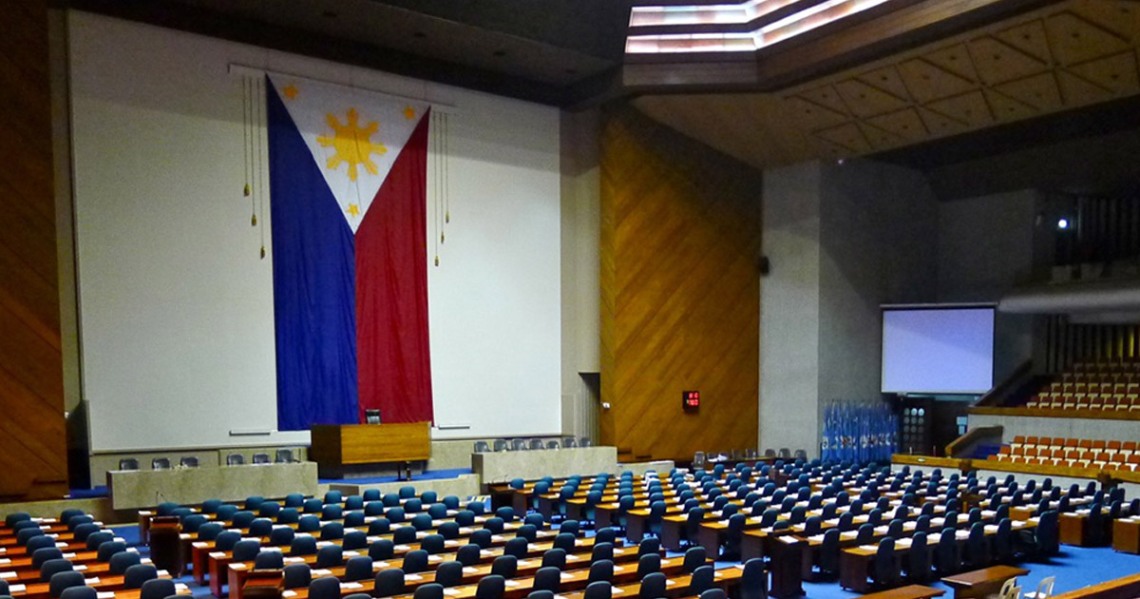Usage of quantum logic gates will help the field of quantum computing advance to more efficient machines capable of operating at room temperatures, according to army researchers who took part in the study.
For years, transparent crystals with optical nonlinearities have remained as the most plausible solution to solving quantum computing operation conundrum of only operating in very cold temperatures, the solution has not lived up to its hype.
Quantum computing requires cold temperatures to operate, but army researchers are now working on new logic circuits that will allow the machines to operate at room temperatures. The research, which is in its early stages, has shown promise of fully operational quantum computers within the next decade.
Study on quantum computing
Dr. Kurt Jacobs, of the U.S. Army Combat Capabilities Development Command’s Army Research Laboratory, Dr. Mikkel Heuck and Prof. Dirk Englund, of the Massachusetts Institute of Technology, have demonstrated how they intend to use quantum logic gates containing photonic circuits and optical crystals to create these quantum computers.
Dr. Heuck described the current quantum system as very inefficient due to the fact that they require massive cooling to be operational. He continued by saying such systems would be bulky, require a lot of power and very expensive to make them or for consumers to buy.
Heuck said their photonic circuits would help in mitigating these factors by manipulating entanglement in these devices, therefore reducing low temperatures requirements.
quantum and classical computers comparison
For classical computers to operate, they make use of bits to store information, which can either be on or off. When an input is fed to these computers in the form of a specific number of bits, they are processed to produce an answer, also in the form of the number of bits. This means that they can only process one problem at a time.
However, for quantum computers, the information is kept in units called qubits. These units are always in strange states and are capable of being on and off at the same time. This helps these computers to compute many inputs at the same time, making them more efficient compared to classical computers.
The strange state of qubits is also one of the major drawbacks of quantum computing because it requires temperatures to be close to zero degrees kelvin to prevent these qubits from bombarding with other particles.
Nonlinear optical crystals
The researchers indicated that by using quantum logic gates and photonic circuits, they would use light signals instead of electrical circuits. Their solution was to replace quantum system usage of ions or atoms to store information, and use photons to bypass low temperatures required for quantum computers to operate. The photons would still need to interact with other photons in order to complete logic operations, according to the researchers. To accomplish this, the researchers suggested the use of nonlinear optical crystals.
For years, the solution on how to use the photons and nonlinear optical crystals had remained as just a concept. However, army scientists developed a design for the logic circuit that they simulated through different models and showed its effectiveness for usage in quantum computing.
Dr. Heuck said it will take about 10 years for a fully operational quantum computer capable of operating at room temperature. This is a major development in the advancement of quantum computing.







